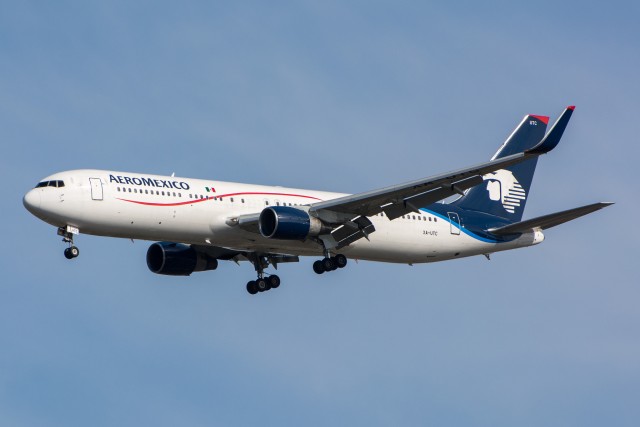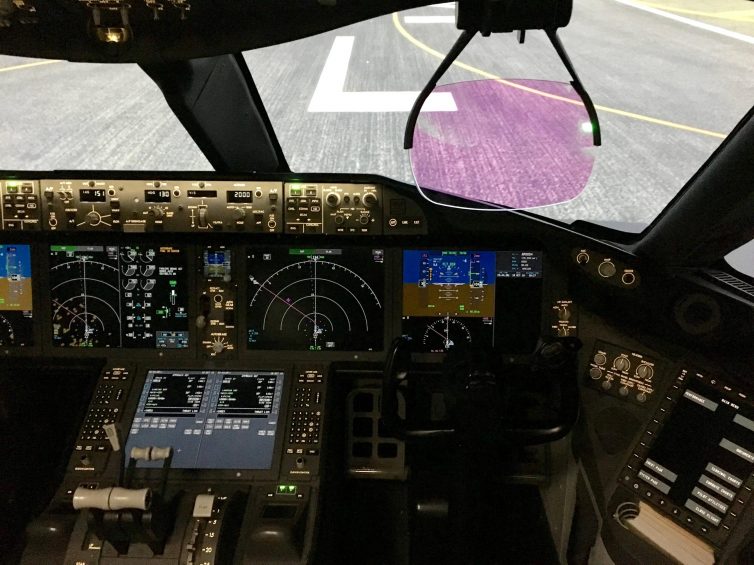
Flight deck looks so realistic! – Photo: Jason Rabinowitz | AirlineReporter
There are few things out there that given the chance to try for myself, I’ll jump at the opportunity. An hour in a level D Boeing 787 simulator is one of those things. In November 2015, Aeromexico cut the ribbon on its brand new 787 simulator, and last week it invited me down to Mexico City to experience it firsthand.
Level D means the simulator is as complex and realistic as it gets. Pilots are able to transition from other aircraft types such as the 737 over to the 787 and earn their type rating on these machines. Before I had my time in the right seat of the simulator, I’d have to sit in row 25 of a 737 to get down to Mexico City.
Between the extremely limited simulator availability and my little remaining vacation time (I used two of my three weeks for the year in March on a trip to Japan and regret nothing), I had to make the trip as short as possible. After much debate, I settled on taking a 9am flight out of New York JFK down to Mexico City, hit the sim, and then take the 1:20am flight back home the next day to get back to work.
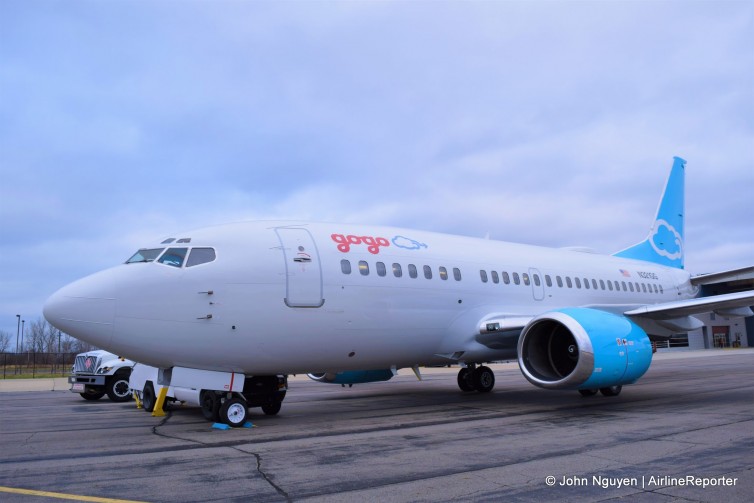
Gogo’s testbed, a Boeing 737-500 (reg. no. N321GG) dubbed the “Jimmy Ray”
You might have heard of Gogo, that company that lets you check Facebook watch Youtube be productive while you’re 30,000 feet in the air. And you might have been one of those who sighed loudly when your cat video kept pausing and buffering.
From the power user traveling for work, to the new user who will update their status to, “I’m posting this from the plane!”, most can agree that data speeds inflight are nowhere near what we’re used to on the ground. We take connectivity on land for granted, but in the air the concept is still novel and exciting (before it disappoints us multiple times with the infinite spinning “Loading…” circle).
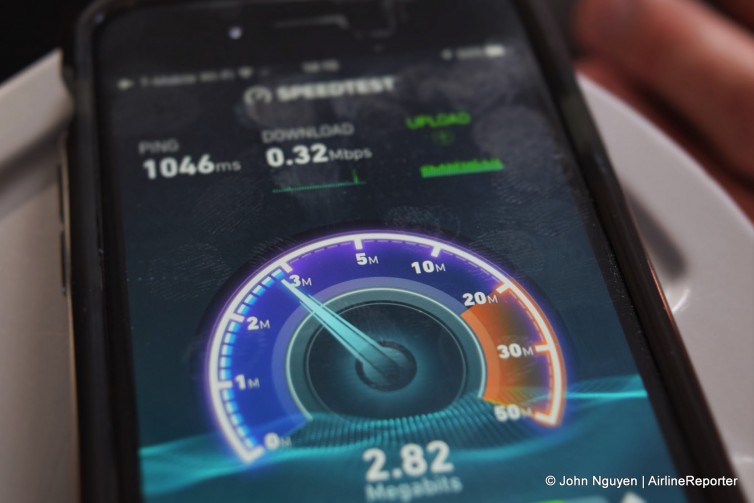
An #AvGeek testing Gogo’s speed
Gogo wants you to have really, really fast Internet, and they invited AirlineReporter to come check out their new headquarters in Chicago’s Loop, as well as to experience their test bed in action (or in #AvGeek-speak, fly on their private, tricked out Boeing 737-500). Can Internet access actually get better, and what does it mean for the regular passenger?
I recently had the opportunity to experience the premium product on two major North American (non-US) carriers. I thought it would be a good chance to evaluate and compare the two different products and see how they stack up! I was invited to Buenos Aires, Argentina, by a good friend of mine whose fianc is Brazilian. They planned a trip to Argentina and invited close friends. Given that going to South America would mean I had visited all the continents (well, apart from Antarctica), I had to agree. In planning this trip, I decided to use miles to make the trip more affordable.
Much to my surprise, there was no point in booking a flight one-way using miles and the return flight paying cash. Interestingly, it cost the same amount (or more) for a one-way ticket to Buenos Aires, compared to a round-trip ticket. This just further reinforced my plan to use miles. I was able to use Alaska Airlines miles to fly Aeromxico on the flight down, and United miles to fly Air Canada on the return. Funny how that can work, right?
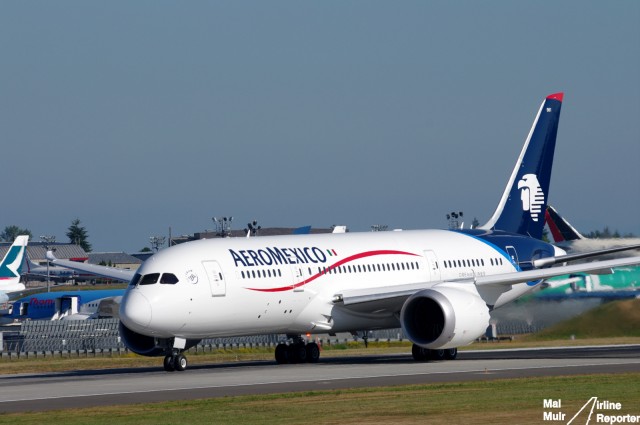
Aeromexico’s first 787 Dreamliner [N961AM] returning to the Boeing Flight Line at Everett after it’s first flight – Photo: Mal Muir | AirlineReporter.com
Aeromexico’s first 787 Dreamliner [ZA561] took to the skies yesterday and I was happy to get the arrival back into Paine Field, after the aircraft’s first flight. Skyteam’s 2nd 787 [China Southern is the other] is now up and airborne — who is next?



